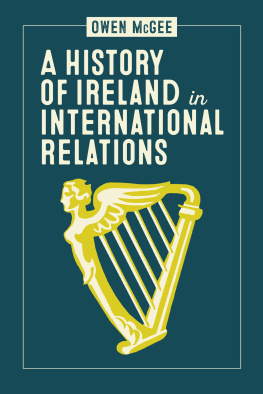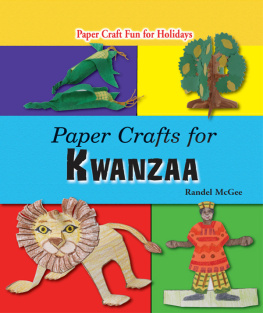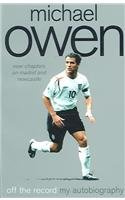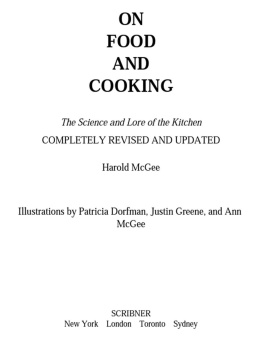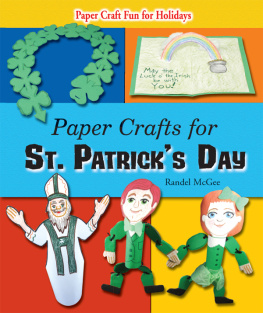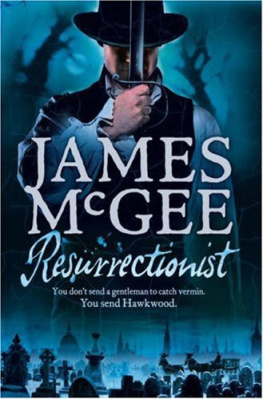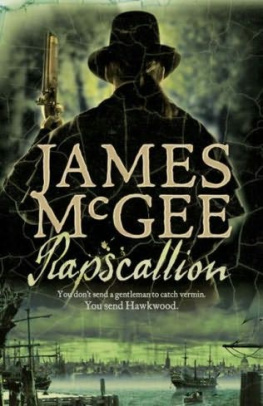First published in 2015 by Irish Academic Press
8 Chapel Lane
Sallins
Co. Kildare
Ireland
2015 Owen McGee
British Library Cataloguing in Publication Data
An entry can be found on request
978-1-78537-009-0 (cloth)
978-1-78537-010-6 (PDF)
978-1-78537-012-0 (Epub)
978-1-78537-011-3 (Mobi)
Library of Congress Cataloging in Publication Data
An entry can be found on request
All rights reserved. Without limiting the rights under copyright reserved alone, no part of this publication may be reproduced, stored in or introduced into a retrieval system, or transmitted, in any form or by any means (electronic, mechanical, photocopying, recording or otherwise) without the prior written permission of both the copyright owner and the above publisher of this book.
Acknowledgements
T his book is dedicated to the memory of my late father Donard McGee, a musician and bank official who first stimulated my interest in history. Shortly before he died, he encouraged me to complete this book while he also left to me his histories of the banking and transport industries. This book was written over a three-year period. It was not possible for me to find academic support specifically for the idea of researching and writing a biography of Griffith but during 2008 a fellowship held at the National Library of Ireland gave me an opportunity to work with records that related directly to Griffiths later career and thus an interest in pursuing the idea, first entertained during 2006, was possible to sustain. I wish to thank Lisa Hyde of Merrion Press, who suggested the idea of a Griffith biography to me many years ago, as well as her publisher Conor Graham, for being willing to publish my book and for producing such a handsome volume. Thanks are also due to the Director of the National Archives of Ireland, UCD Archives and the UCDOFM Partnership, the Parliamentary Archives (UK), Churchill Archives Centre, Westminster Diocesan Archives and the manuscripts department of the National Library of Ireland for permission to quote from manuscripts in their possession. Thanks are also due to the National Library for permission to reproduce several of the illustrations that feature in this book.
Introduction
I first became interested in the subject of Arthur Griffith when researching an undergraduate, social history dissertation on crime in Dublin during the mid-to-late Victorian period. Whether due to the phenomenon of unreported crime or inadequacies of contemporary statisticians, I found that records actually indicated that there was little or no crime in Dublin city during the 1870s (if that can be believed). Therefore, my initial immature vision of analysing Victorian Dublin life with a Charles Dickens style social consciousness could not be pursued much further. What I did find, however, were cartons of Dublin police reports about nationalist protest demonstrations and the like. These records excited my historical imagination into addressing the subject of the Fenian movement, as they presented a very different and much more interesting picture of its world to what I had already acquired from the standard historical textbooks. In among these decaying police records, covering the period 187292, were reports of the movements of a teenage Arthur Griffith, while he was still in proverbial short pants or not long beyond that stage of personal development. He was engaged in debates relating to the Land League and a nascent British socialist movement. This was the world of Michael Davitt and William Morris, not that of Eamon DeValera or Winston Churchill, yet this was evidently Griffiths proverbial world at the outset of his political career.
The subject of the undergraduate dissertation was later expanded into a postgraduate thesis and this became a basis for a study entitled The IRB: The Irish Republican Brotherhood From the Land League to Sinn Fin (Dublin, 2005), which I wrote to get my PhD thesis out of my system, hopefully for good. However, it was then suggested to me that I should examine a later time period, from the beginnings of Sinn Fin up to the early years of the Irish state and, again, make the IRB the focus; in other words, start examining the world of Michael Collins and company. I was still hankering for the idea of pursuing more studies of the Victorian period, especially debates on church-state relations and how this impacted on the diverse political careers of men such as George Henry Moore, Thomas DArcy McGee (within the Irish diaspora) and the young John Dillon. It then occurred to me, however, that I had already found an interesting and little known link between these two time periods in history. That link was the life of Arthur Griffith. A specialist on the nineteenth century could also potentially tackle that subject in a manner that many historians of the twentieth-century Irish state may have been a little less equipped to address. I was already familiar with the history of Dublin in 1871, into which Arthur Griffith was born, and thus I felt had a good grounding for analysing the subject. In addition, I had much experience studying debates within the nationalist community in Dublin up until the formation of Sinn Fin by this same Mr Griffith in 1905. A logical progression from my past research, therefore, would be to examine the evolution of that Victorian world in the light of Griffiths career up until 1922. This seemed like a worthwhile exercise, even if my conception of international relations in history was still rooted more in examining the worlds of Napoleon and Gladstone than that of the various statesmen of what twentieth-century historians not inaccurately refer to as the interwar years.
It may be a clich but it is also true to note that Europe was generally perceived to be a very different, as well as more democratic, place after the First World War than it had been before. If one abiding lesson was learnt from my past research on the Parnell era it was the reality that one cannot speak of concepts such as democracy, liberalism, nationalism, republicanism or socialism during the nineteenth century as having the same meaning, or currency, as they may be said to have had ever since the First World War. That is partly why the political history of the nineteenth century is so interesting. Aldous Huxley may have coined the catchphrase brave new world in 1932 but people a century earlierwhen the very concept of modernity was in the process of being bornfelt themselves to be living in precisely such a world without the aid of hallucinatory drugs. This may explain why historians of the nineteenth or twentieth centuries frequently seem to be speaking a different language: the period of the First World War stands between them as a bridge that remains uncertain how to cross. When applied to Ireland, this historical conundrum can have peculiar results.
A common perception of Arthur Griffith has been voiced by the premier historian of the post-1917 Sinn Fin Party, when he suggested that among Irish nationalists who fought against British rule he was unusual, if not unique, in one respect: by the time of his death he had achieved most of his objectives. inherently a dubious historical concept, however, because it implies the complete destruction of a past and the invention of a new future; in other words, a complete end to a sense of chronological time. When in human history can such a development be said to have truly come about?




